I’d like to focus this week’s post on an available finish referred to as thermal finish. For the sake of conversation, I’ll be referring mostly to the most commonly used flagstone in our area, PA graystone. But the terms I’ll be using can be applied to many other stone types as well.
Most of the flagstone commonly sold for residential applications is what is called “natural cleft.” The stones themselves are flat and comfortable to walk on, wheel the grill across, or set up your patio furniture upon. However a close examination will reveal a slight texture to the surface of the stones. The texture reveals slight sedimentary patterns from the creation of the stone and generally fluxuates no more than 1/8” from high spot to low spot.
In my experience, most clients and homeowners like the look of the natural stone grain, however in some instances the finish may not be for everyone. Another option is the thermal finish.
Generally speaking, most natural cleft flagstone is split along the natural sedimentary grain as it is harvested from the quarries to achieve the desired thickness. Thermal finish stone is typically saw cut to the desired thickness to achieve a more consistent stone thickness. After the stones are cut to the desired thickness, the surface is thermal-treated to remove any minor imperfections and saw marks. The result is a flagstone that is uniform in thickness and completely smooth across the surface of the stone.
The thermaling, or torching as its sometimes called, is not a process that should be attempted by do-it-yourselfers. While it is something that can be done by qualified contractors on site for smaller edge treatments or spot flaming, the process can be somewhat time-prohibitive for larger scale surface areas. Most suppliers can provide thermal-treated stones available directly from the quarry, at just a slight cost increase from the natural cleft stone.
Ultimately the choice to go with natural cleft vs. a thermal finish is up to the homeowner and their particular aesthetic preferences. A few locations that lend themselves more to a thermal finish may include pool side installations where users are more apt to be barefoot, interior floors, and countertop applications, however the natural cleft may better suit a project, again based on the personal preferences of the homeowner and the desired architectural effect. Many more formal installations also utilize the thermal finish for larger steps, pedestals, blocks and caps.
If you would like to see a sample of thermal finish vs. the natural cleft, please feel free to ask and I’d be happy to show you a few samples. You can also visit your local hardscaping supplier to see what they may have available in stock.
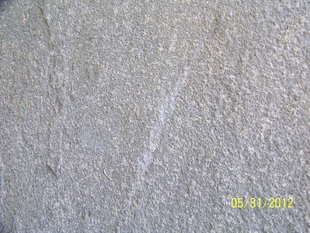
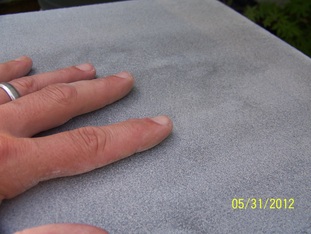
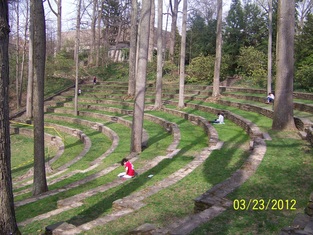
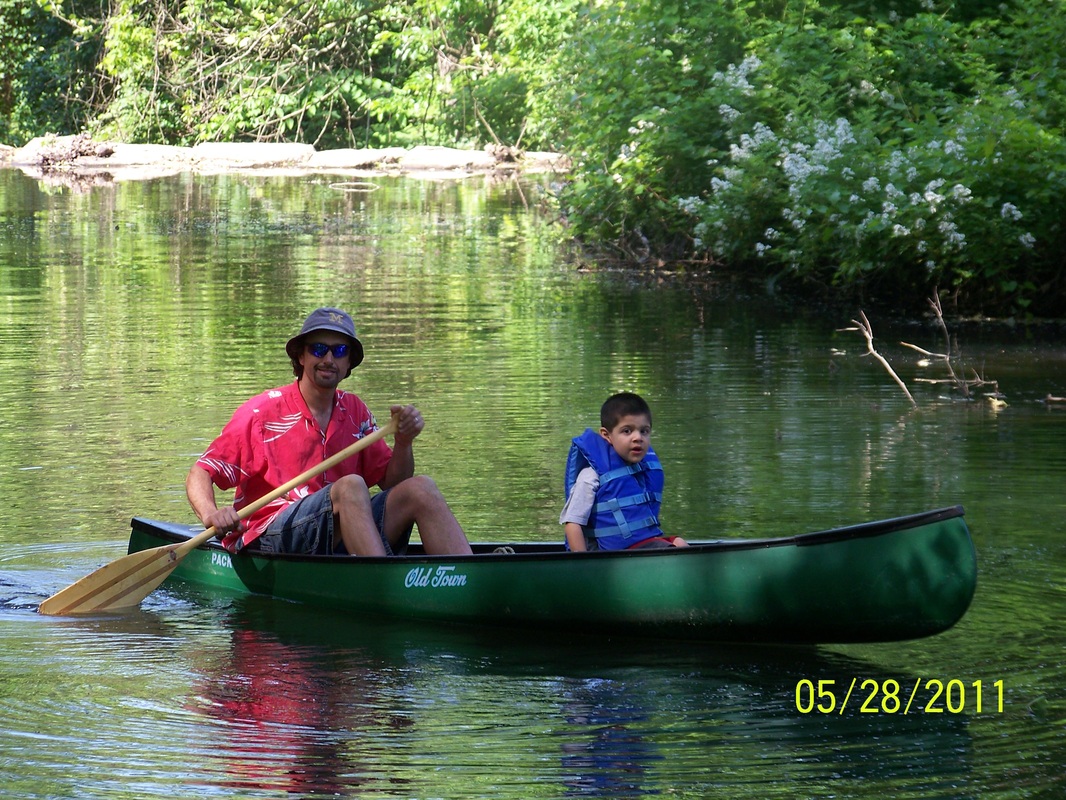
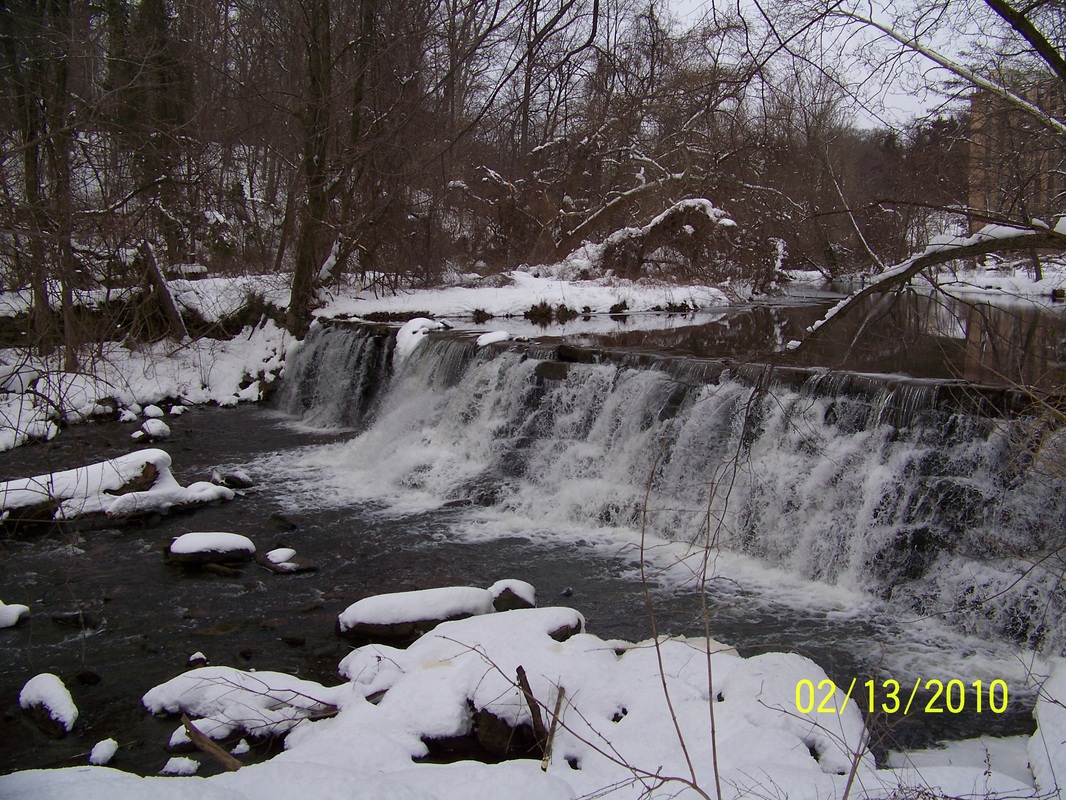

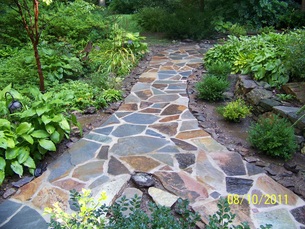



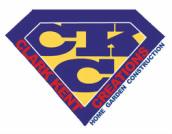

 RSS Feed
RSS Feed